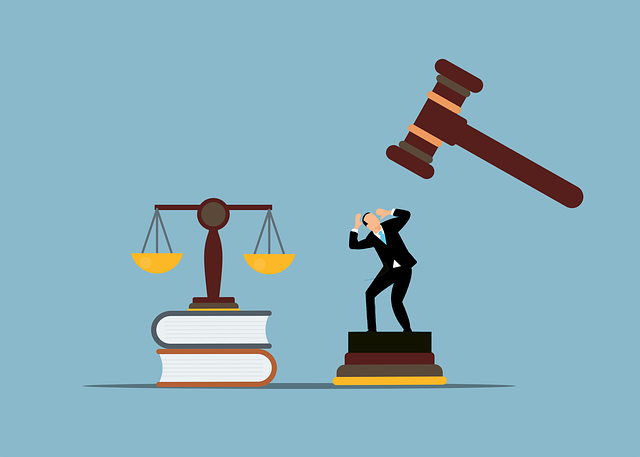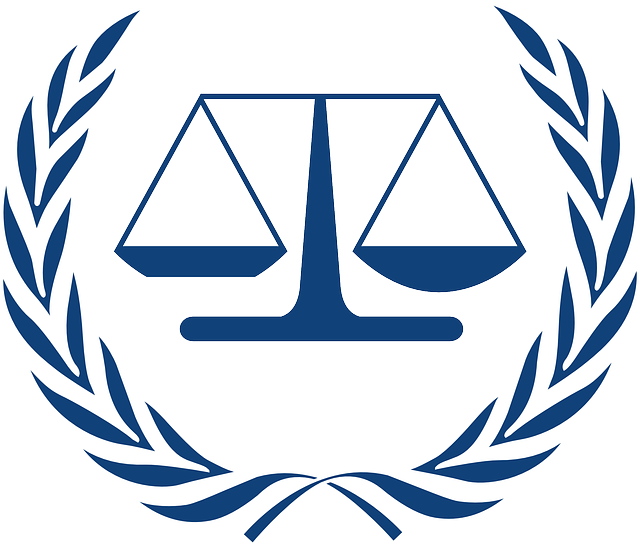Regulatory Challenges in Securities Fraud Cases present complex issues due to intricate financial instruments, dynamic markets, and high-profile entities. Legal teams must excel in knowledge and investigation to ensure fairness and market integrity while balancing corporate/individual client protection with fraud prevention. Regulatory bodies, through specialized teams, proactively identify fraudulent activities by analyzing global networks, evolving legal frameworks, and gathering evidence despite lengthy timelines and reluctant witnesses. Strategic case construction, expert witness engagement, and collaborative efforts across agencies are key to successful outcomes, like recent settlements against investment banks for deceitful practices, enhancing market transparency and trust.
“Uncovering the intricacies of consumer protection suits, this article offers a comprehensive legal perspective on securing investor rights. We explore the critical role of regulatory bodies in combating securities fraud, delving into their strategies and challenges while navigating complex regulatory hurdles.
From understanding the legal framework to analyzing notable case outcomes, readers will gain insights into the complexities and successes within consumer protection litigation. Discover how these suits shape financial markets by holding wrongdoers accountable, ensuring fairness for investors facing Regulatory Challenges in Securities Fraud Cases.”
- Understanding Consumer Protection Suits: A Legal Perspective
- The Role of Regulatory Bodies in Securities Fraud Cases
- Challenges Faced by Regulators in Enforcing Securities Fraud Laws
- Strategies for Overcoming Regulatory Hurdles in Fraud Litigation
- Case Studies: Notable Consumer Protection Suit Outcomes
Understanding Consumer Protection Suits: A Legal Perspective

Consumer Protection Suits, particularly those involving securities fraud, present complex Regulatory Challenges. From a legal perspective, these cases require a deep understanding of intricate financial instruments and market dynamics, coupled with a meticulous examination of regulatory compliance. When corporate giants or high-profile individuals are involved, the stakes escalate, demanding an unprecedented track record of investigative prowess and legal acumen.
Navigating these suits isn’t merely about seeking retribution; it’s about upholding fairness and integrity within the marketplace. Legal teams must carefully construe relevant laws, such as those governing securities transactions, to ensure that corporate and individual clients are held accountable for any misconduct. Avoiding indictment, while crucial, doesn’t negate the need for transparency and responsibility—it balances justice with strategic resolution, ultimately fostering a more robust and trustworthy financial landscape.
The Role of Regulatory Bodies in Securities Fraud Cases

Regulatory bodies play a pivotal role in navigating the complex landscape of securities fraud cases. These institutions are tasked with the challenging responsibility of safeguarding the interests of both corporate and individual clients, ensuring fair market practices. In the realm of white-collar and economic crimes, their expertise is instrumental in unravelling intricate financial schemes.
The regulatory challenges in securities fraud cases are multifaceted. They involve analysing complex financial transactions, understanding sophisticated investment strategies, and interpreting legal frameworks that constantly evolve to address emerging threats. By employing dedicated teams of experts, these bodies strive to stay ahead of perpetrators, who often employ cunning tactics to exploit vulnerabilities. The goal is to hold accountable those engaged in fraudulent activities, providing justice for affected parties while also fostering trust and stability in the financial markets.
Challenges Faced by Regulators in Enforcing Securities Fraud Laws

Enforcing securities fraud laws presents significant regulatory challenges that can complicate the pursuit of justice. One of the primary hurdles is the intricate financial networks and complex global markets in which fraudulent activities often take place. This makes it difficult for regulators to track and trace ill-gotten gains, especially when they are laundered or transferred across international borders. Additionally, the fast-paced nature of financial markets allows fraudsters to exploit loopholes and adapt their strategies swiftly, outpacing enforcement efforts.
Regulatory bodies face a daunting task in gathering evidence and building strong cases against perpetrators. This involves navigating a maze of documents, electronic records, and potential witness reluctance or lack of cooperation from corporate and individual clients. Further complicating matters, securities fraud often occurs over extended periods, making it challenging to pinpoint exact timeframes and responsible parties during all stages of the investigative and enforcement process.
Strategies for Overcoming Regulatory Hurdles in Fraud Litigation

Navigating Regulatory Challenges in Securities Fraud Cases can be a complex task for lawyers and their clients. One key strategy is to build a robust and detailed case from the outset, ensuring all evidence and testimonies are meticulously organized. This approach helps to streamline the litigation process and overcomes potential regulatory hurdles by demonstrating a comprehensive understanding of the legal landscape.
Additionally, engaging expert witnesses who can provide clear, concise, and technically sound testimony on complex financial matters is crucial. These experts not only bolster the case but also help in achieving extraordinary results in jury trials, where clarity and persuasiveness are paramount. For his clients, this means a stronger advocacy for their rights and interests against fraudulent practices.
Case Studies: Notable Consumer Protection Suit Outcomes

In recent years, several notable consumer protection suits have set precedents for holding businesses accountable for their actions. These cases not only provide financial compensation to affected consumers but also serve as powerful tools in combating white collar and economic crimes. One such instance is the settlement of a high-profile securities fraud case, where a leading investment bank was fined millions for misleading investors through deceitful practices. This outcome highlighted the importance of robust regulatory mechanisms in curbing complex financial crimes.
The success of these lawsuits can be attributed to the concerted efforts of consumer protection agencies across the country. By pooling their resources and expertise, they have been able to tackle intricate cases involving massive frauds. For instance, a recent multi-state collaboration resulted in a landmark judgment against a national telecommunications company for engaging in deceptive marketing practices. This collaborative approach ensures that businesses face regulatory challenges head-on, fostering a more transparent and trustworthy market environment for respective business operations.
Consumer protection suits play a pivotal role in safeguarding investors from fraudulent practices, with regulatory bodies and legal strategies working hand-in-hand. Understanding these suits, the roles of regulatory agencies, and the challenges they face is essential for navigating complex securities fraud cases effectively. By employing innovative strategies to overcome regulatory hurdles, as illustrated through notable case studies, the system aims to ensure justice and protect consumers in the dynamic financial landscape. Addressing these regulatory challenges in securities fraud cases is crucial for maintaining market integrity and fostering trust among investors.






